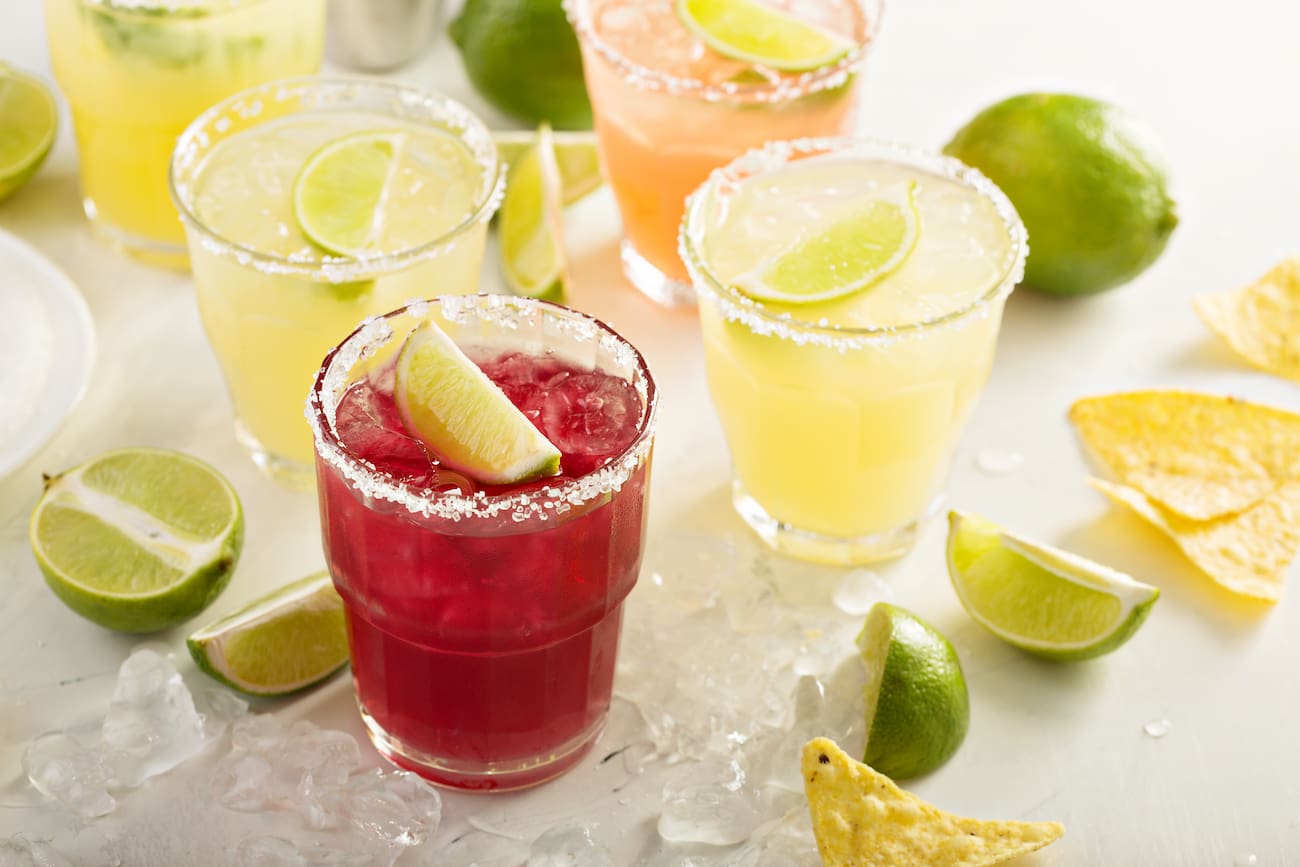What Does a Margarita Taste Like?

Enjoying a Margarita is a journey through bold yet balanced flavours. This iconic Mexican cocktail combines tequila, orange liqueur, lime and a touch of salt to deliver a refreshing, sophisticated character — best appreciated when prepared with care and the proper technique.
Sweetness
The sweetness within a Margarita chiefly derives from what we incorporate into our cocktail shaker, along with any additional sweetening agents employed. This sweetness proves essential for counterbalancing the sharpness of the lime juice, establishing a well-balanced flavour profile. The selection and standard can considerably affect the overall taste, contributing depth through delicate citrus and floral undertones.
Tartness: how lime juice creates flavour balance
Lime juice serves as one of the fundamental elements of a Margarita, offering a zesty, sharp counterpoint to the drink’s sweetness. Freshly pressed lime juice is favoured for its clean acidity, imparting character and depth to the cocktail’s flavour.
However, exercise caution, as this represents a particularly assertive flavour and must be incorporated thoughtfully, carefully measuring quantities using proper measuring jigs, so as not to overwhelm and diminish the significance of the remaining components.

Margarita variations and their distinctive flavour profiles
The Margarita’s exceptional versatility opens the door to endless variations, each bringing its own distinctive flavour and a fresh twist on this timeless cocktail, ensuring there’s always a version to suit every mood and occasion:
Traditional versus Fruit-Based Margaritas
Whilst the traditional Margarita is celebrated for its elegant simplicity, fruit-infused variations such as strawberry, mango, watermelon, or pineapple Margaritas provide a more saccharine, tropical encounter. These versions frequently incorporate puréed or muddled fresh fruit, heightening the cocktail’s sweetness whilst introducing an additional layer of fruity fragrance.
Fiery Margaritas: adding chilli peppers for heat
Fiery Margaritas, prepared with the inclusion of chilli peppers such as jalapeño, introduce a spicy element that both contrasts with and complements the drink’s natural sweetness and tartness. This variation proves ideal for those who relish a touch of heat, contributing an exhilarating warmth that persists following each sip.
Frozen Margaritas: variations in texture and flavour concentration
Frozen Margaritas, blended with ice to achieve a slush-like consistency, present a different mouthfeel and somewhat gentler flavour profile. The chilled temperature and icy texture tend to diminish the intensity of the flavours, rendering it a cooling option for sweltering days.
Smoky Margaritas: employing Mezcal or smoked elements for a distinctive character
Replacing tequila with mezcal or incorporating smoked components such as smoked salt or syrups lends the Margarita a smoky richness. This variation attracts those who favour a bold, earthy flavour profile, introducing complexity and an air of intrigue to the cocktail.
If you need more inspiration for your drinks or want to try new combinations, check out our best cocktail recipes.

Exceptional Margaritas? Margaritas featuring Altos
Amongst the numerous tequila varieties on offer, Altos has distinguished itself as the premier tequila for Margaritas, as selected by the World’s 50 Best Bars, with participation in its selection from the globe’s most esteemed bartenders. Its distinctive character and capacity to complement and elevate the classic flavours of a Margarita render it an exceptional choice.
A Margarita is more than just a cocktail — it’s a harmonious blend of citrus brightness, subtle sweetness, and the distinctive agave character that defines quality tequila. Now that you know what to expect from this iconic drink, it’s time to experience it for yourself. Mix one up, savour each sip, and discover why the Margarita has remained a timeless favourite across generations and continents.



